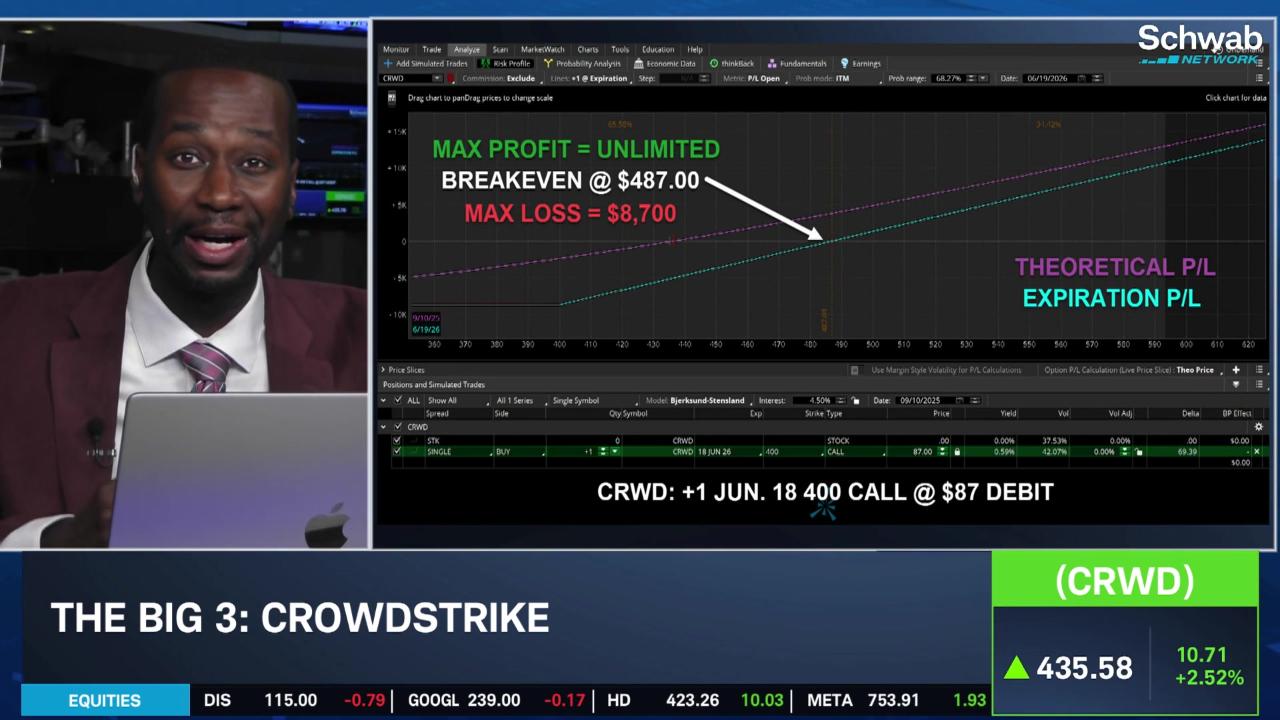- Market Minute
- Posts
- Record Highs, Soft Jobs: AI Earnings and a Fed Pivot Drive the Tape
Record Highs, Soft Jobs: AI Earnings and a Fed Pivot Drive the Tape

U.S. equities are closing a headline-heavy week at or near record territory as investors looked past a mixed inflation picture and a sharp jump in jobless claims, leaning instead on the view that the Federal Reserve will deliver a quarter-point rate cut at next week’s meeting.
The S&P 500 (SPX) and Nasdaq-100 (NDX) notched fresh record closing highs yesterday, while the Dow ($DJI) crossed 46,000 for the first time on Thursday, underscoring an equity market still powered by AI-linked earnings and easing-bias monetary policy expectations.
Treasury yields also eased and the curve continues to bull-steepen as traders maintain a 25 bp cut as the base case for September 17, a setup that historically favors duration-sensitive assets such as long bonds and quality growth names.
Beneath the surface, leadership also rotated in a way that signaled healthy participation rather than narrow dependence. Breadth improved mid-week with ten of eleven S&P sectors higher on Wednesday; materials and healthcare led on Thursday. Megacap tech was mixed as Oracle digested a massive move and chipmakers caught a bid from the AI tailwind. The profile of record-level indices with sector handoffs has been supportive for sentiment into the Fed.
On the macro front, August CPI landed a touch warm but broadly in line with expectations. Headline prices rose 0.4% month-over-month and 2.9% year-over-year, with core inflation up 0.3% and 3.1%, respectively. Markets read the print as slightly hot but manageable, especially coming one day after producer prices surprised to the soft side. Together, CPI and PPI strengthened the case that pipeline inflation is not re-accelerating even as consumer prices remain above the Fed’s two percent target.
Labor market data has complicated the picture without necessarily breaking it. Initial jobless claims jumped by 27,000 to 263,000 for the week ended September 6, the highest since 2021 and reinforcing the impression of cooling into the FOMC.
More consequentially, the August employment report confirmed a sharper deceleration in job creation whereby nonfarm payrolls added just 22,000 positions versus expectations north of 75,000. June was revised down to a net loss of 13,000, the first monthly decline since 2020, while July’s change saw only a minor upward revision.
Beyond any single print, the three-month average has deteriorated notably, a pattern that has historically appeared in the late innings of an expansion. An annual statistical review added another cautionary layer, indicating the number of jobs created between March 2024 and March 2025 had been overestimated by 911,000, implying the labor market has been weaker than previously believed.
And yet, equity markets have largely shrugged as the S&P 500 sits at all-time highs, and global peers are participating in a broader uptrend. To critics, this is the latest exhibit for “irrational markets.” To bulls, it is a rational discounting of policy support and future earnings power in the absence of a confirmed recession.
The case for the latter rests on three aligned forces. First, the economy is not in recession. Second, the Fed is pivoting from an inflation-first to a dual-mandate posture that places greater weight on employment at a moment when labor data are softening. Historically, rate cuts outside of recession have tended to extend bull markets rather than end them.
Third, fiscal policy remains exceptionally expansionary by peacetime standards. With the U.S. fiscal deficit near 7% of GDP, government spending is comparable to other periods of extraordinary stimulus. In 2022, that fiscal impulse arguably offset the fastest Fed hiking cycle in decades and helped the economy avoid contraction. Today, it serves as additional ballast while monetary policy turns more accommodating.
Net-net, the week gave both camps credence. Bulls can point to record highs, easing yields, a benign PPI signal, and powerful AI-linked earnings visibility. Skeptics can point to a CPI that is not decisively cooling, jobless claims that continue to drift higher, and an employment backdrop that looks more fragile after revisions and benchmarking. For now, the balance of probabilities tilts toward a quarter-point rate cut on September 17 and guidance calibrated to preserve optionality into year-end.
Morning Minute
Featured Clip
Tune in live from 8 a.m. to 5 p.m. ET, or anytime, anywhere, on‑demand.
Or stream it via thinkorswim® and thinkorswim Mobile, available through our broker-dealer affiliate, Charles Schwab & Co., Inc
Please do not reply to this email. Replies are not delivered to Schwab Network. For inquiries or comments, please email [email protected].
See how your information is protected with our privacy statement.
Charles Schwab and all third parties mentioned are separate and unaffiliated, and are not responsible for one another's policies, services or opinions. Schwab Network is brought to you by Charles Schwab Media Productions Company (“CSMPC”). CSMPC is a wholly owned subsidiary of The Charles Schwab Corporation and is not a financial advisor, registered investment advisor, broker-dealer, or futures commission merchant.

